Specifications
| Item | Specification | Remarks |
|---|---|---|
| Rated Capacity | 260mAh | – |
| Rated Voltage | 3.7V | – |
| Discharge Cut-off Voltage (Minimum) | 2.75V | – |
| Charge Limit Voltage (Maximum) | 4.2±0.03V | – |
| Charge Current (Standard) | 1C5A | – |
| Discharge Current (Standard) | 1C5A | – |
| Charge Current (Fast) | 1C5A | 0 ~ +40°C |
| Discharge Current (Fast) | 10C5A | – |
| Discharge Current (Maximum) | 10C5A | – |
| Internal Resistance | ≤80mΩ | AC Impedance at 1kHz |
| Weight | 8.5±0.5g | – |
| Outer Shell Color | Actual product prevails | – |
Test Items and Test Condition
| Test Items | Test Condition |
|---|---|
| Full Charge | Charge at a constant current of 1C5A until the battery voltage reaches 4.2V, then switch to constant voltage charging. The charging current gradually decreases until it is less than or equal to 0.01C5A. Set the charging time to 2.5 hours. |
| Rated Capacity | ① Within 1 hour after full charge, discharge the battery continuously at a current of 0.2C5A until the termination voltage of 2.75V is reached, exceeding 300 minutes. |
| ② Within 1 hour after full charge, discharge the battery continuously at a current of 1C5A until the termination voltage of 2.75V is reached, exceeding 55 minutes. | |
| Cycle Life | After 300 full charge-discharge cycles, discharge the battery at a current of 0.5C5A until the termination voltage of 2.75V is reached and measure the discharge capacity, which should be ≥ 80% of the rated capacity. |
| State of Charge Retention | After the battery is fully charged, store it for 28 days at 20°C, then let it rest for 1 hour at room temperature before discharging it continuously at a current of 0.5C5A until the termination voltage of 2.75V is reached. The capacity retention rate should be ≥ 85%. |
| Discharge Performance | ① Within 1 hour of being fully charged at a constant current of 1C5A and constant voltage, discharge the battery continuously at a current of 1C5A until the termination voltage of 2.75V is reached, with a capacity of ≥ 1005A. |
| ② Within 1 hour of being fully charged at a constant current of 1C5A and constant voltage, discharge the battery continuously at a current of 10C5A until the termination voltage of 2.75V is reached, with a capacity of ≥ 935A. |
Features
- High Safety
It adopts a dual safety valve design located at both ends, which means it has excellent battery safety. This design helps prevent battery explosions caused by unidirectional overvoltage. This is a critical advantage, especially when the battery may be subjected to different pressures and environmental conditions.
- Non-conductive casing
The casing is non-conductive, making the PACK (battery assembly) design simpler. Additionally, since the casing is non-conductive, the finished product testing is more convenient as it eliminates the need for complex external insulation measures.
- Low internal resistance:
It utilizes an innovative multiple-point diamond-shaped riveting method between the current collector and electrode, resulting in extremely low internal resistance, typically reduced to below 15mΩ. Low internal resistance helps the battery maintain more stable performance under high discharge currents, reduces energy losses, and extends battery life.
- Easy installation
It can be directly mounted on a circuit board, just like an electrolytic capacitor, without the need for additional connectors or wiring. This simplifies the installation process, reduces costs, and also minimizes the resistance of battery connections, improving circuit efficiency.
- High power density
It has a high power density, allowing it to deliver high current output, making it suitable for applications that require high power.
- Long-lasting lifespan
It has a longer lifespan and is less susceptible to damage from charge-discharge cycles.
Hardware Architecture
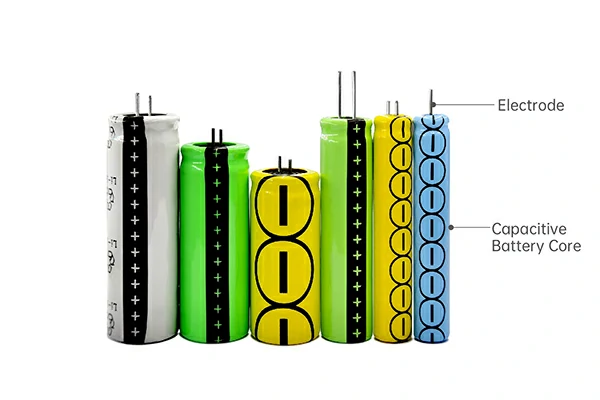
Storage Conditions
- Storage Temperature and Humidity
The battery should be stored in a clean, dry, and well-ventilated indoor environment with a temperature range of -5°C to +35°C and a relative humidity not exceeding 75%. It should be kept away from corrosive substances, heat sources, and open flames.
- Long-term Storage
For long-term storage, the battery is best stored within a temperature range of 20°C to 25°C, in a low-humidity and non-corrosive gas environment. If stored for more than three months, the battery should undergo a full charge-discharge cycle and then be stored at approximately 3.80V.
Frequently Asked Questions
- What is the difference between capacitive lithium-ion batteries and traditional lithium-ion batteries?
Capacitive lithium-ion batteries are actually a hybrid device that combines the characteristics of capacitors and lithium-ion batteries. They have high power density and can charge and discharge quickly, making them suitable for applications that require high power output. They store electrical energy using both the capacitor effect and the lithium-ion insertion/extraction process. Traditional lithium-ion batteries store electrical energy through electrochemical reactions, excel in energy density, and can store more energy, making them suitable for applications that require long-term operation.
- Are capacitive lithium-ion batteries safe?
Capacitive lithium-ion batteries are generally considered relatively safe, with advantages such as low fire risk, high cycle life, high temperature stability, and fast charging/discharging. However, users still need to handle them with caution and follow the manufacturer’s recommendations to ensure their safety.
- Where are capacitive lithium-ion batteries used?
Capacitive lithium-ion batteries are particularly suitable for applications such as power tools, electric vehicles, energy recovery devices, backup power for electronic devices, energy storage systems, emergency lighting, electronic communications, electric bicycles, and scooters. Overall, capacitive lithium-ion batteries perform well in applications that require fast charging, high power output, and long cycle life.

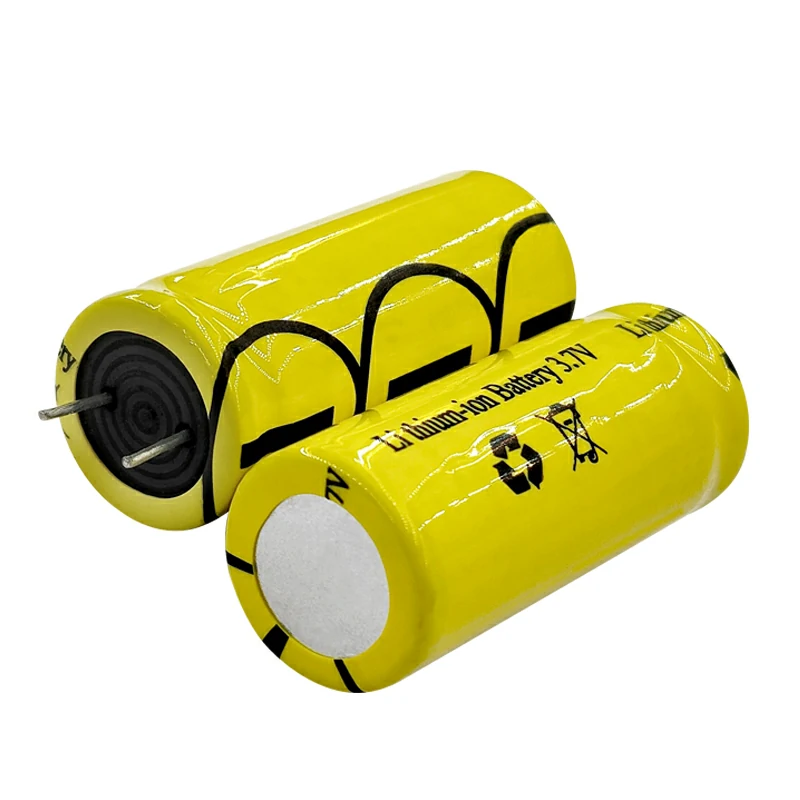
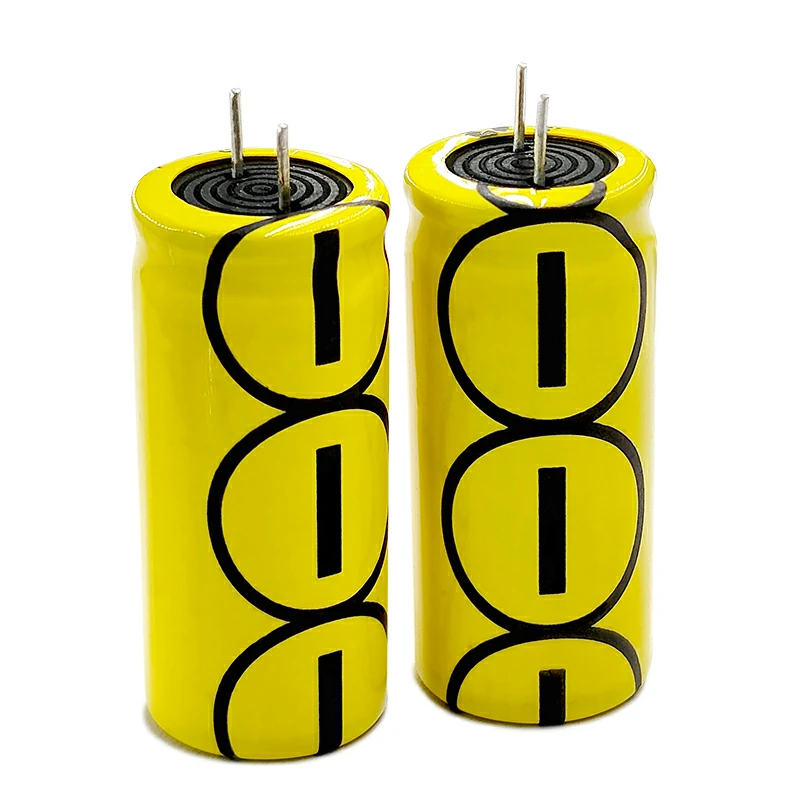

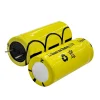
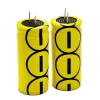
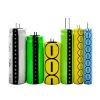

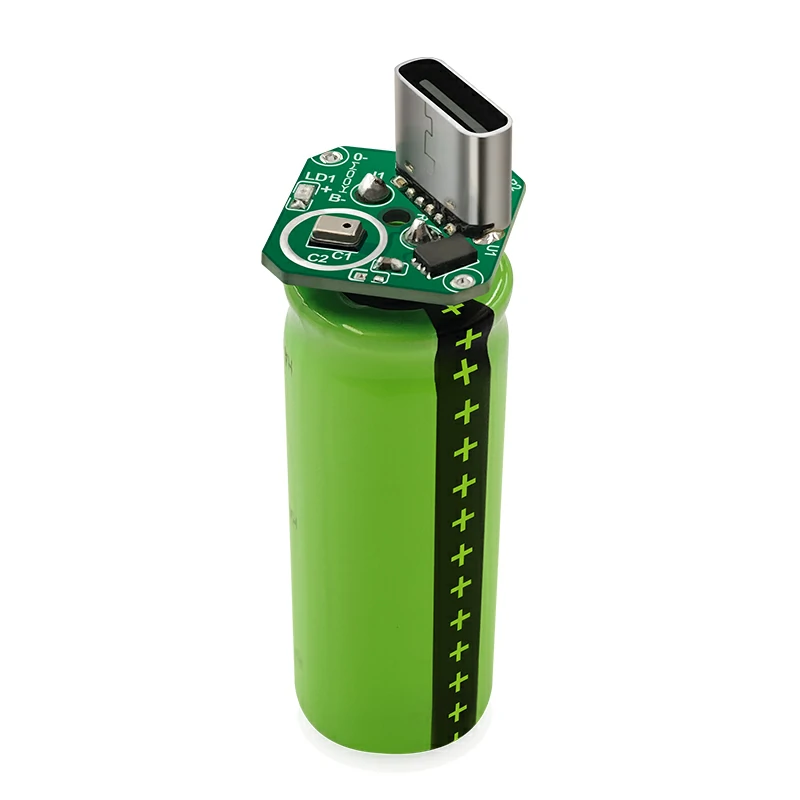
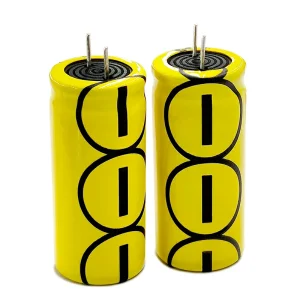
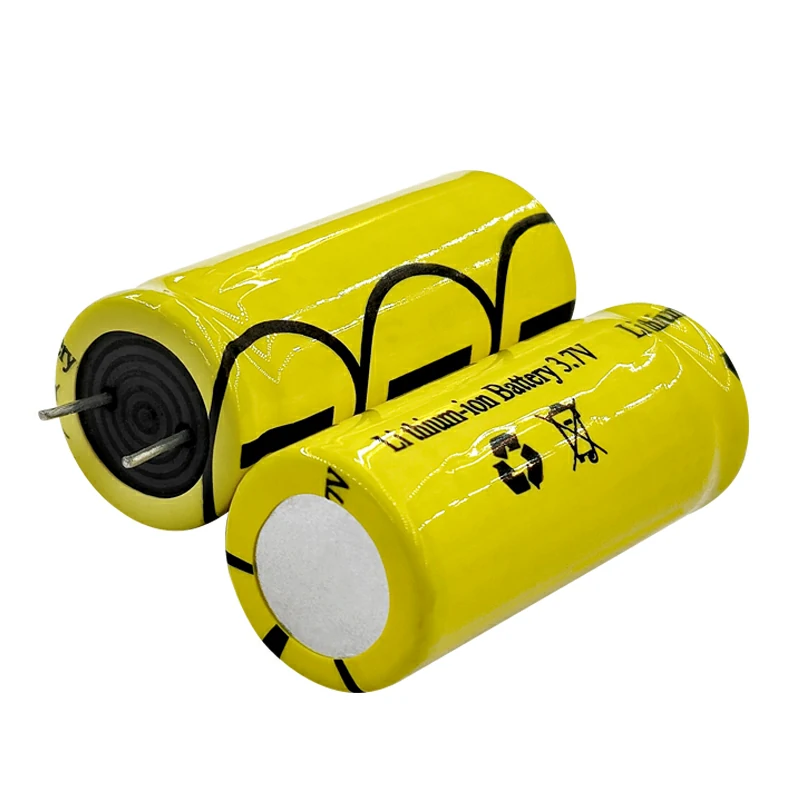
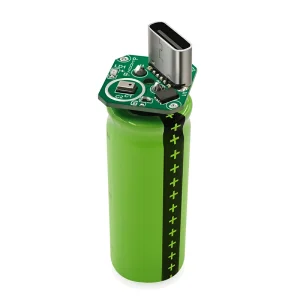

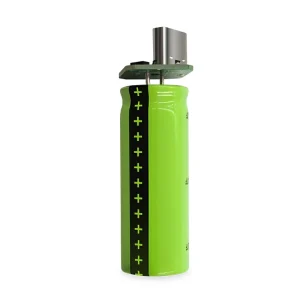

Reviews
There are no reviews yet.